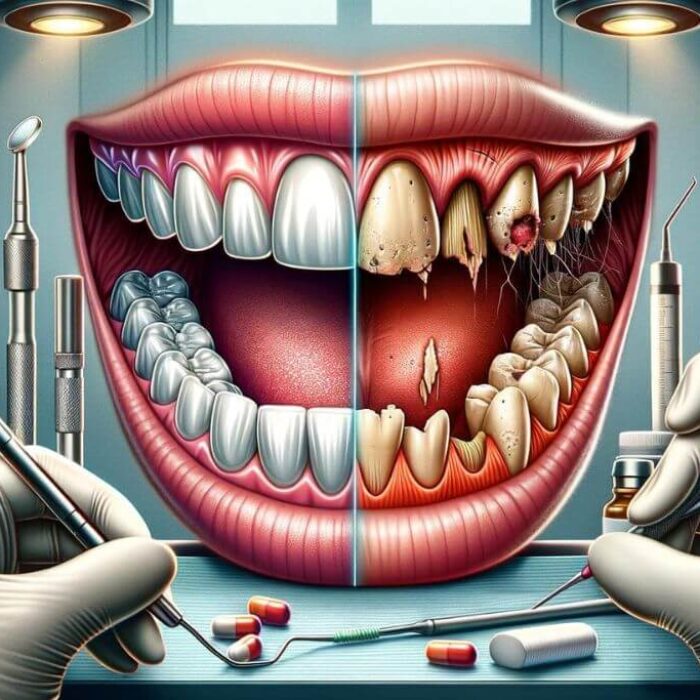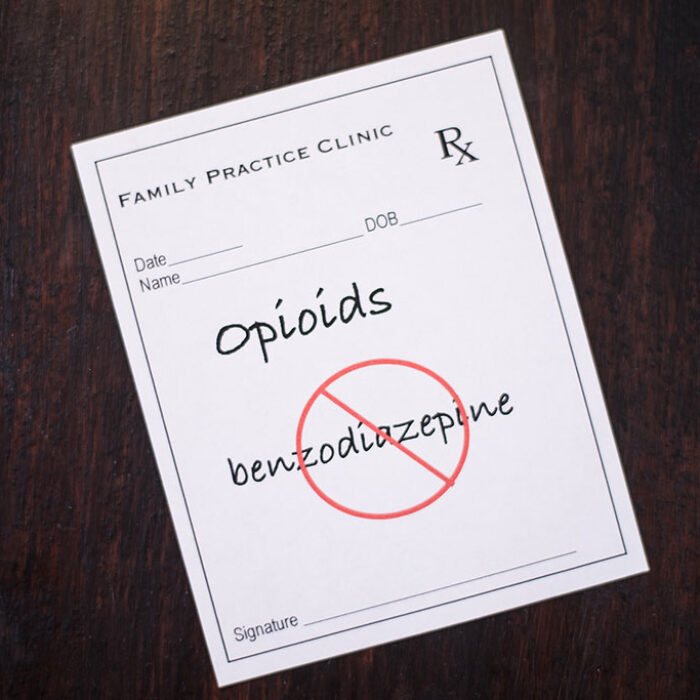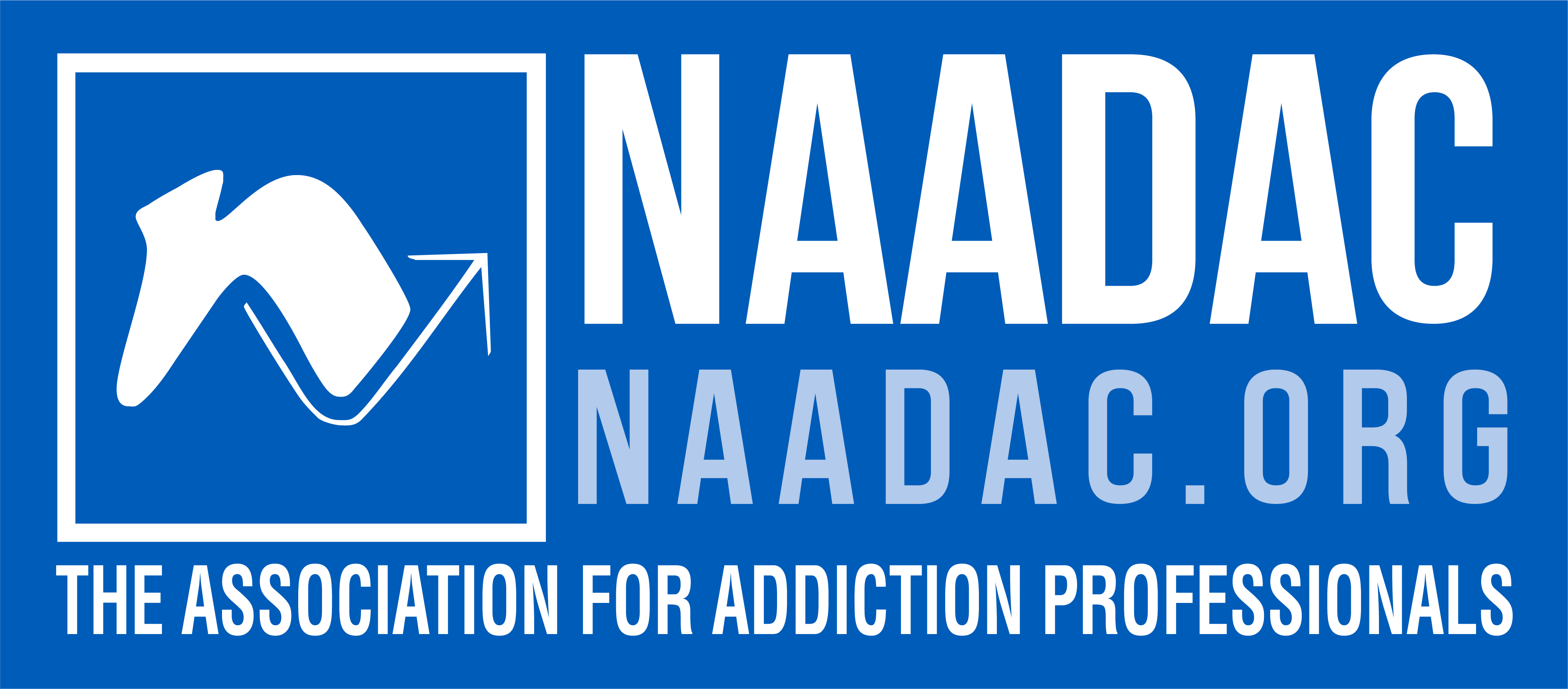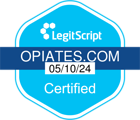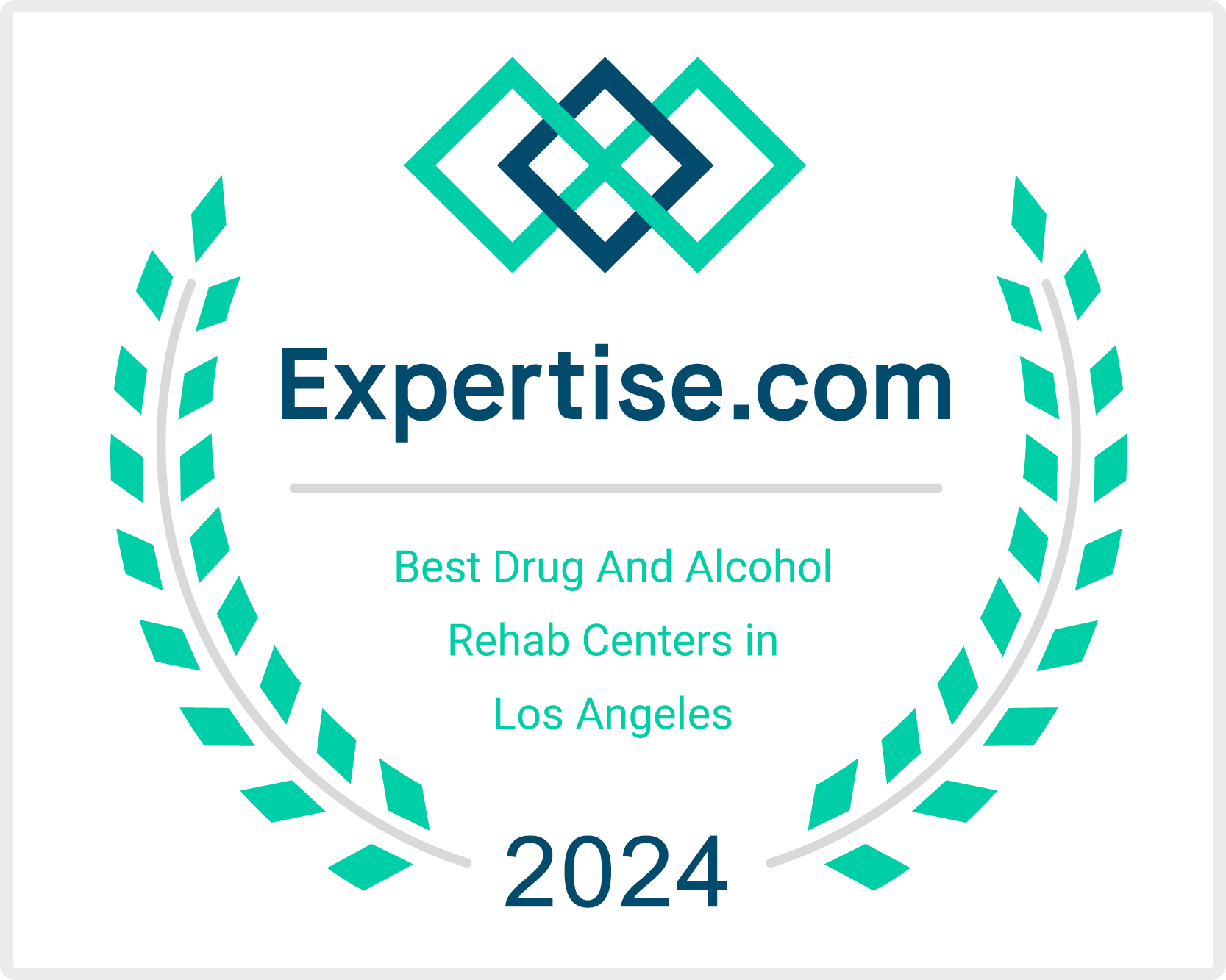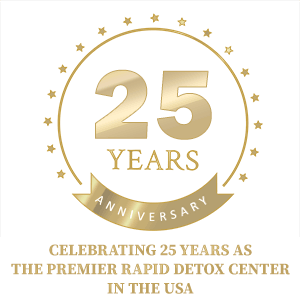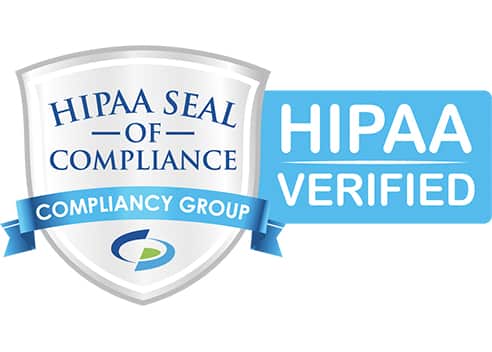Ultram is a narcotic-like opioid that contains tramadol hydrochloride and relieves moderate to severe pain. Although Ultram effectively relieves pain for those recovering from surgery or dealing with a health issue that causes pain, non-medical use of this drug is a significant issue that has increased significantly. When taken for an extended period of time or more often than prescribed, Ultram has the potential for dependence, addiction, and abuse. Although usually, people underestimate the risk of Ultram and its addictive potential, the potential to harm is high. Furthermore, because Ultram affects the brain’s reward center, once an individual is physically dependent on the drug, it’s difficult to stop, and finding the right Ultram rehab can be overwhelming.
Ultram Treatment Options
Waismann Method® is a leader in the field of opiate detox and knows most people don’t set out to become addicted. Prescription narcotics are known to cause habituation for those who take them for extended periods. Our Ultram rehab is safe, effective, and thorough in its approach to painkiller detox. The focus of rehabs can vary significantly, with some offering help for physical issues related to addiction. Others may treat only the psychological aspects. Some base their programs on religion, while Waismann Method establishes its procedure on medicine and science. We’ve perfected our in-hospital procedure over the last decade and have treated thousands of people like you from across the world.
People struggling with Ultram addiction should consider the best option based on their specific health needs. Each person’s addiction and recovery are unique and require selecting the appropriate detoxification and rehab program to meet individual needs. Multifacet approaches to healing and recovery have proven effective, as addiction affects individuals physically and mentally.
Inpatient Ultram Rehab
Inpatient rehab is the most common option for recovery from Ultram addiction. It allows around-the-clock access to care. It also helps prevent relapse during treatment because the individual is continuously under the supervision and has limited contact with the outside world. Inpatient rehab typically offers medication management to help with withdrawal symptoms, group therapy, and peer support.
Ultram (Tramadol) Detox
Withdrawal from Ultram can be a difficult and highly uncomfortable process. Individuals going through Ultram withdrawal often experience flu-like symptoms, including diarrhea, nausea, muscles aches, and sleeplessness. Some people might even have issues with elevated blood pressure, rapid heart rate, and anxiety.
Medically Assisted Detox
Being in a hospital and having the support and management of a medical team can significantly help alleviate unwanted symptoms and, more importantly, keep patients safe through the detox.
Rapid Tramadol Detox
When the fear and anxiety of withdrawal become too much to bear, rapid detox might be the best option. Rapid Tramadol Detox is a medical procedure offered by the Waismann Method, where patients comfortably sleep during the acute phase of an opioid withdrawal. Once detoxification is completed, patients continue sleeping through the night in the ICU until the next day, when therapy starts with an opioid blocker ( Vivitrol or Naltrexone).
Recovery Services
Inpatient recovery care is crucial for maintaining long-term sobriety. Both medically assisted detox and rapid tramadol detox programs offer options for recovery care. Following rapid detox or medically assisted tramadol detoxification, patients continue to receive around-the-clock assistance to help regain emotional and physical strength in a specialized recovery center for a few days.
Medically Assisted Detox vs. Rehab
Our programs are individualized because we know you have a unique set of needs and concerns. Other rapid detox programs have tried to emulate our procedure but don’t measure up for safety, around-the-clock monitoring, discretion, and withdrawal management. Patients can be opiate-free in 2 to 4 days, our required hospital stay. Our anesthesia-assisted procedure takes less than two hours and uses intravenous medications to cleanse Ultram from patients’ opiate receptors. This accelerates the withdrawal phase, and patients awake from light sedation without awareness they experienced withdrawal. The prospect of avoiding a painful withdrawal gives our patients the hope they’ve desperately been searching for.
Waismann Method doctors perform Ultram detoxification in several medical processes based on each patient’s specific needs. Our multi-board certified medical director can offer such individualized care because we thoroughly evaluate each patient. Our full-service accredited hospital stay also includes pre-testing to rule out underlying medical conditions that can influence the safety and results of detox. Waismann Method operated in a full-service JCAHO hospital staffed with several medical specialists available to assess and consult. These additional medical resources are necessary to ensure the safest and most effective Ultram detox available.
Waismann Method Medical Detox for Ultram Addiction
Choosing the right Ultram rehab is an important and often overwhelming task. Waismann Method’s approach to treating Ultram (tramadol) addiction is based on medical science and applied with complete compassion and professionalism. Here we don’t label you an addict for life or make you attend meetings or therapy sessions indefinitely. We know you can and will regain control over your life without returning to past behaviors. We recognize Ultram addiction as a central nervous system disorder caused by continuous opiate intake. Many other programs view it as a result of bad choices or personal weakness.
The Waismann team doesn’t believe everyone should be treated for Ultram addiction in precisely the same way. Our medical approach to Ultram rehab focuses on the mind-body connection, nutrition, exercise, recreation, communication, relaxation, and balance to return to school, work, and social life. We also offer our Domus Retreat transitional living facility for those patients who want to extend recovery services. These include massage, biofeedback, and group and individual counseling.


